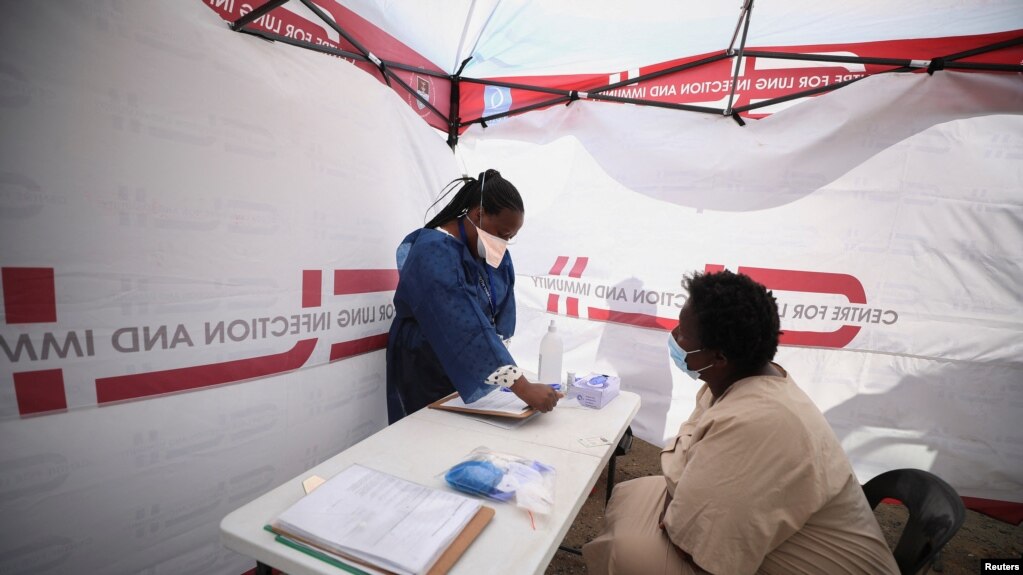Africa has made notable progress in the fight against tuberculosis (TB), with the region recording the highest decline in TB-related deaths globally since 2015, according to the latest data from the World Health Organization (WHO). Between 2015 and 2023, TB deaths in Africa dropped by 42 percent, while the number of TB cases fell by 24 percent. This progress is largely attributed to improved disease detection and treatment efforts, with 1.9 million cases diagnosed in 2023 compared to 1.4 million in 2020. During the same period, treatment coverage across the continent increased from 55 percent to 74 percent, marking a critical improvement in managing the infectious disease.
Certain countries in Africa have been particularly successful in their TB control efforts. South Africa, for instance, has achieved a 50 percent reduction in TB incidence, surpassing the WHO’s 2025 target ahead of schedule. Similarly, Mozambique, Tanzania, Togo, and Zambia have already met the goal of reducing TB deaths by 75 percent. Kenya, Malawi, Rwanda, Sierra Leone, and Uganda have also recorded significant progress, with mortality reductions of at least 66 percent. Eastern and Southern Africa are leading in TB reduction, having cut incidence rates from 466 to 266 per 100,000 people between 2000 and 2023.
However, the success has not been uniform across the continent. Central and West Africa continue to struggle with high TB incidence and mortality rates. In these regions, progress has been considerably slower, and TB remains a pressing public health issue. The WHO’s 2024 Global TB Report emphasizes that although significant strides have been made, many key targets remain unmet. The organization’s End TB Strategy seeks a 75 percent reduction in TB deaths and a 50 percent decrease in TB cases by 2025, based on 2015 levels. To meet these targets, stronger commitment and investment are needed, as reflected in the 2025 World TB Day theme, “Yes! We Can End TB: Commit, Invest, Deliver.”
Despite the advances, challenges persist. Access to rapid diagnostic tools remains limited, with only 54 percent of TB cases being diagnosed using these methods in 2023, up from 24 percent in 2015. This is still inadequate, especially in combating multidrug-resistant TB (MDR-TB), which poses a growing threat. More than half of MDR-TB cases in Africa remain undetected and untreated, hampering efforts to contain the disease. Moreover, TB continues to impose a heavy financial burden on affected families. Nearly 68 percent of households with TB patients in Africa face catastrophic healthcare costs, including out-of-pocket medical expenses and lost income. These financial challenges often disrupt treatment adherence, increasing the risk of disease spread and mortality.
A significant barrier to TB elimination is funding. The region requires $4.5 billion annually to provide comprehensive TB services, yet only $0.9 billion is currently available. This $3.6 billion funding gap severely limits the ability of health systems to provide life-saving interventions. Without urgent investment, many TB patients will remain without access to proper care. WHO continues to work with countries to scale up access to rapid diagnostics and implement updated treatment guidelines, as emphasized in the 2023 UN High-Level Meeting Political Declaration on TB. Closing the diagnostic gap, increasing funding, and expanding access to prevention and treatment are essential steps toward meeting global TB targets and ultimately eliminating the disease as a public health threat.

